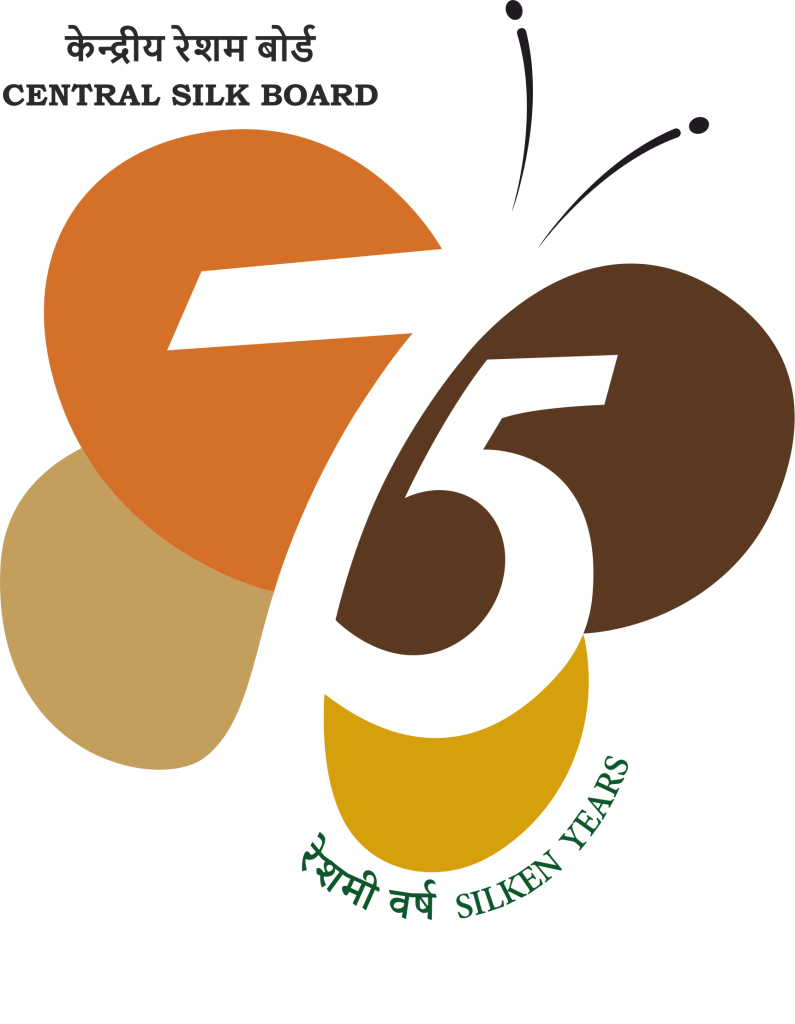A 4000 year old yarn!
Tussar silk continues to be one of the more common varieties of non-mulberry silk, with India being one of the largest producers of Tussar silk. What makes it stand out is the inherent sheen, texture and alluring range of natural colours. Tassar fits snugly into the description of organic. The fibre originated from during the Indus Valley civilization period, and over 4000 years later continues to be as contemporary as it was back then.
India is one of the biggest producers of silk, second only to the kings – China. We produce an array of both mulberry and non-mulberry silks, the latter including Tussar, Eri, and Muga. Non-mulberry silks form only a small portion of the production. However, they remain a sophisticated and elite choice for many wearers of silk. Tussar affords excellent potential in both domestic and export markets.
Tussar is produced mainly in six cities across India, Madhya Pradesh, Jharkhand, Chattisgarh, Bihar, West Bengal, and Assam; all of which are popularly known as the Tussar belt. Tussar is derived from special silkworms known by their biological name as Antheraea mylitta and Antheraea proylei. They feed on leaves other than those of the mulberry. An interesting fact to note here is that the colour of the silk gained from the worms depends on the leaves the worms feed on and the climatic conditions of the region where the worms are being reared. Thus, Tussar silk is created only in a range of natural shades, from cream, off-white, honey brown and all following shades of brown. Tussar turns out slightly coarser than mulberry silk, especially since it is reared in the wild. For this reason, it is sometimes called Wild Silk. With a strong connection to the rich ancient history of fabric in India, Tussar is said to be the monopoly of the koshti community, hailing from the Bhandara district of Maharashtra. Because of this, it also stands by its alternate Sanskrit name – Kosa Silk.
Tussar has a huge export potential, primarily because when the fabric is combined with wool and other richer yarns, it becomes the preferred choice for many a knitter. For that real exotic feel, nothing beats Tussar mixed with wool in knitted fabrics! Aside from combining Tussar with yarn, weavers have also experimented with several newer weaving techniques on the fabric. Weaves commonly seen in fabric weaving, such as twill, herringbone, satin and diamond, are being applied to weaving sarees.
Weavers use the natural colours gained from the silk to their vantage by complementing it eye-catching combinations of contrast colours such as orange, blue, green and maroon. They are adorned with several motifs – varying from region to region – that include fish, conchs, rudraksha, simple flowers or small kairies. In Bengal, Tussar is the base for Kantha embroidery, used exclusively for its low cost against mulberry silk.
Tasar is haute and with experimentation will transcend greater heights. What is humbling is that the much-coveted silk is a silken thread which bridges the continuity of civilization


